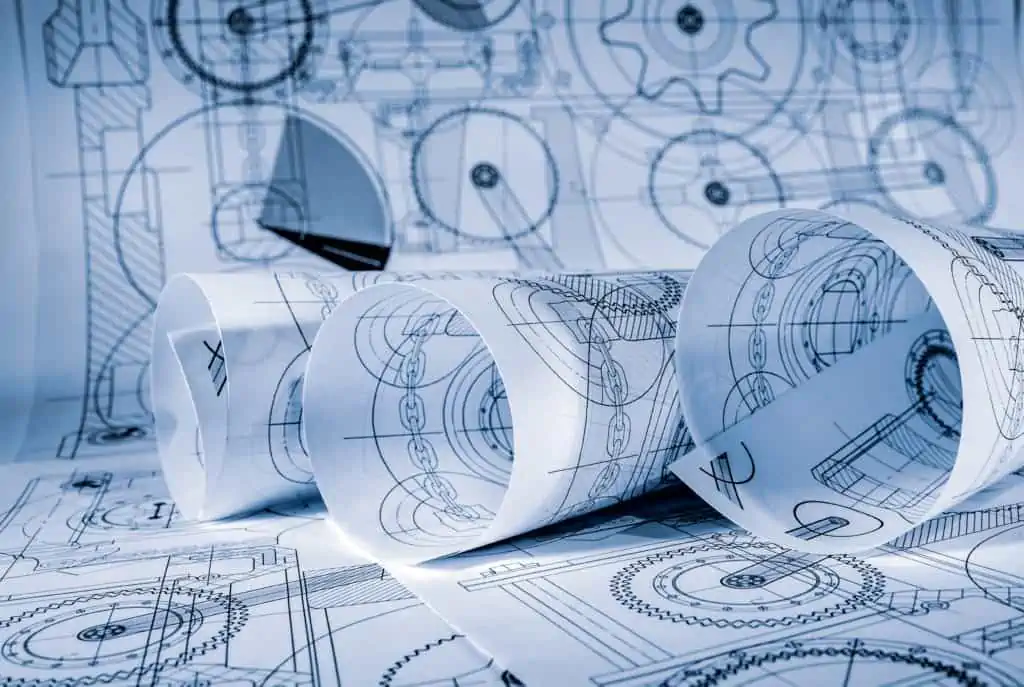Unlocking Precision: A Comprehensive Guide to Laser Micromachining
Guide to Laser Micromachining In the ever-evolving landscape of manufacturing, precision is not just a goal; it’s a necessity. One technology that stands at the forefront of achieving microscopic precision is laser micromachining. In this article, we will delve into the intricacies of laser micromachining, exploring its technology, applications, and the pivotal role it plays in pushing the boundaries of precision manufacturing. Understanding Laser Micromachining At its core, laser micromachining is a highly advanced and precise material processing technique that utilizes lasers to create intricate patterns or structures on a variety of materials. Unlike traditional machining methods, laser micromachining operates on a microscopic scale, allowing for unparalleled precision and accuracy in the manufacturing process. Technology Overview Laser micromachining leverages the focused energy of lasers to selectively remove or modify material. The choice of laser technology depends on the specific requirements of the application. For instance, ultrafast lasers, such as femtosecond lasers, are ideal for applications requiring minimal heat impact, ensuring precision in heat-sensitive materials like polymers or biological tissues. The precision in laser micromachining is further enhanced by advanced optics and control systems. These systems enable precise control over the laser beam, ensuring that the material is removed
